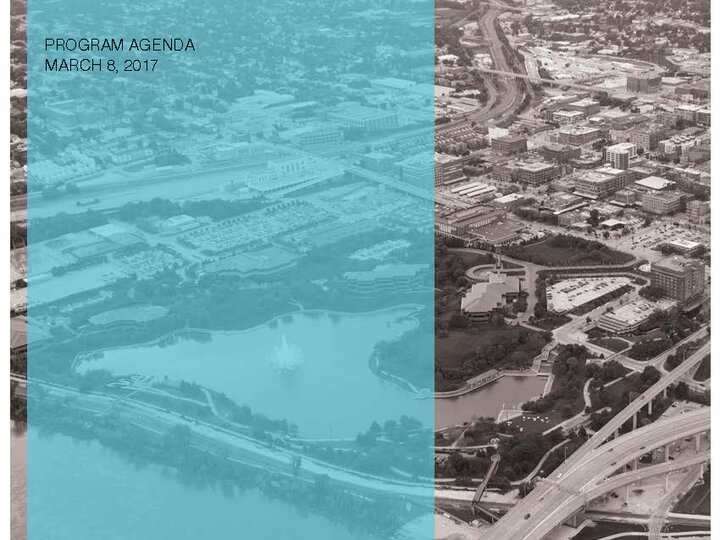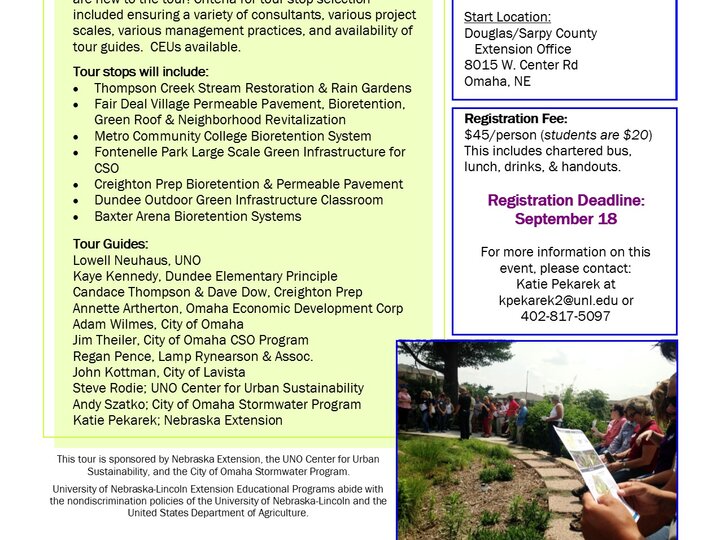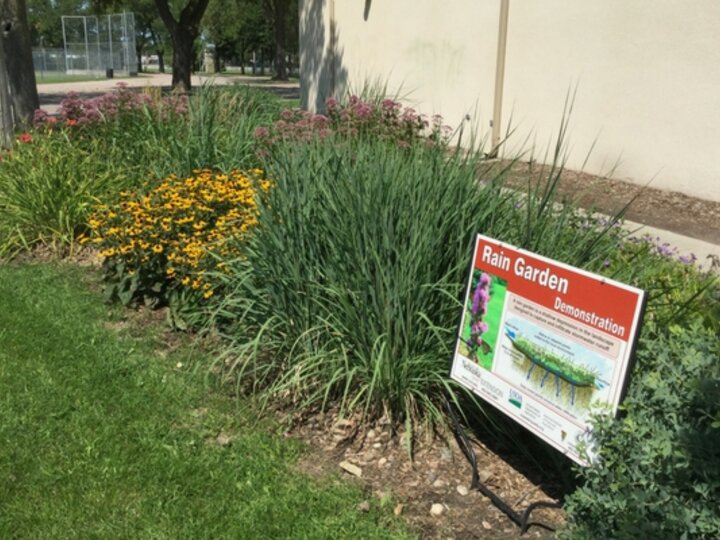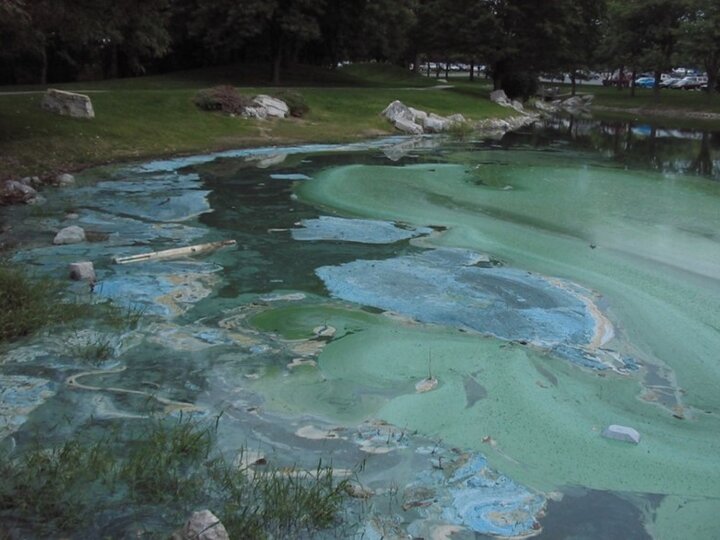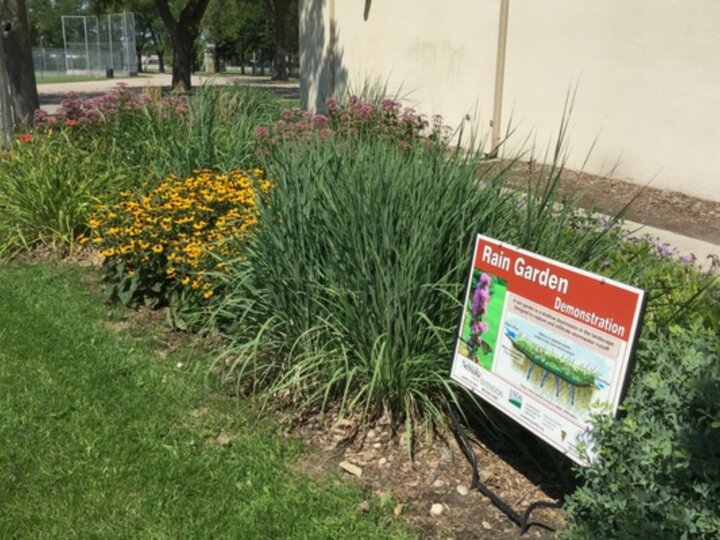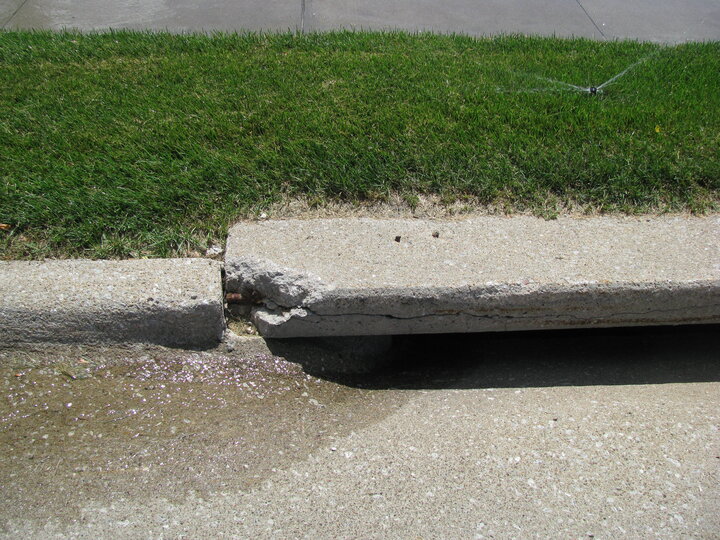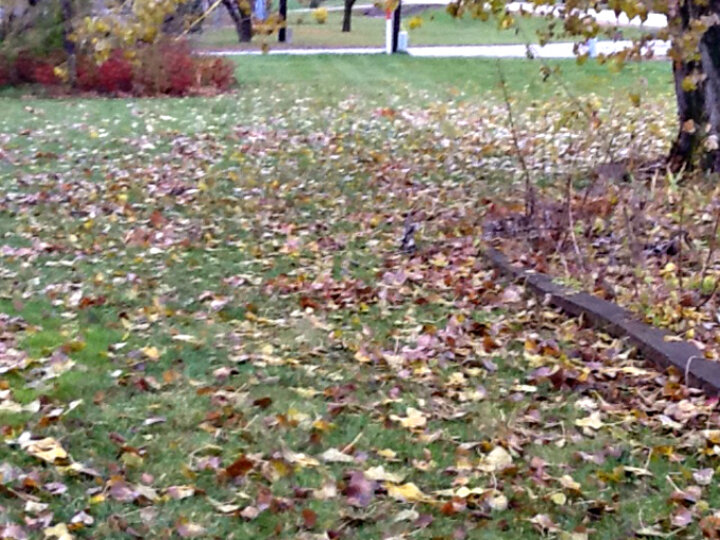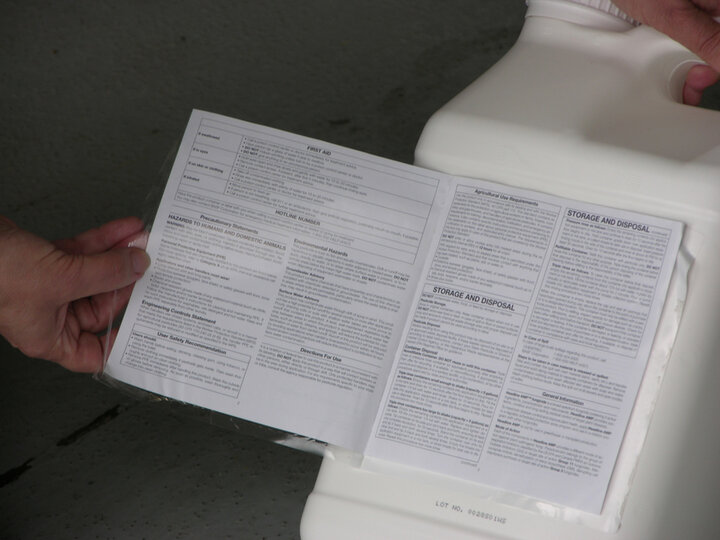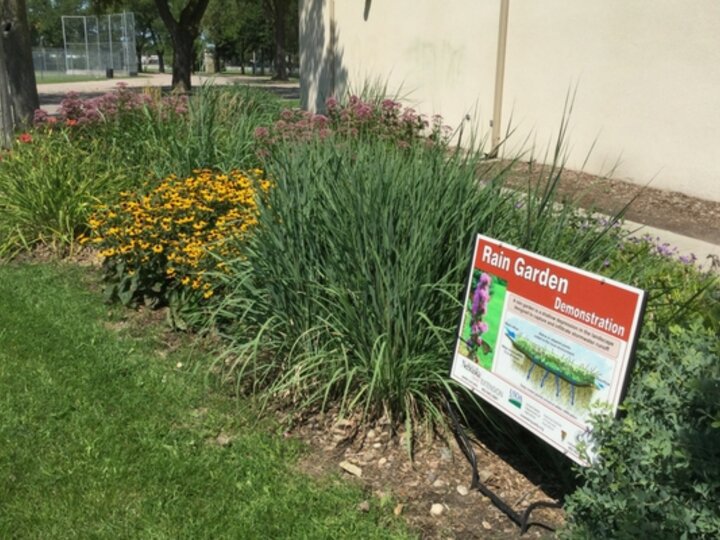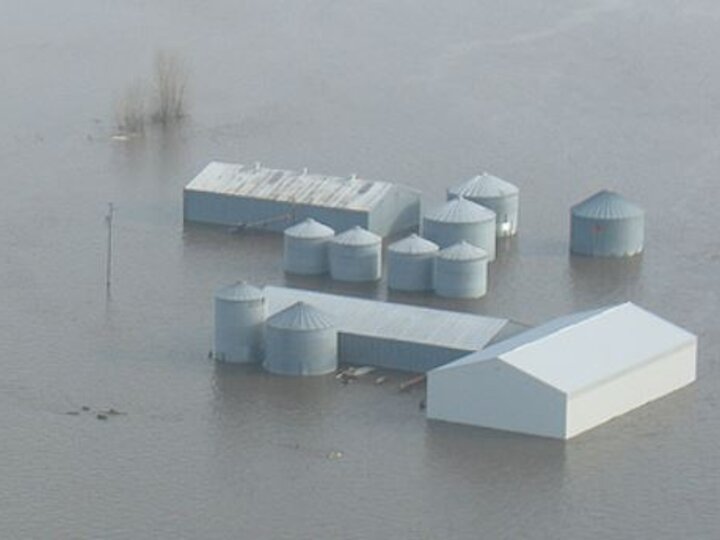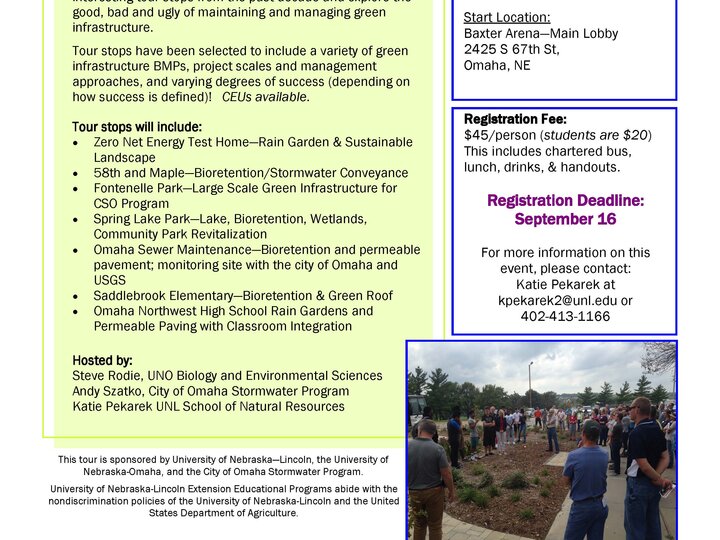Stormwater is water from rain and melting snow and ice. Stormwater can soak into the soil (infiltrate), be held on the surface and evaporate, or run off and end up in a nearby stream, river, or other water body. Before land is developed with buildings, roadways, and agriculture, the majority of stormwater soaks into the soil or evaporates.
